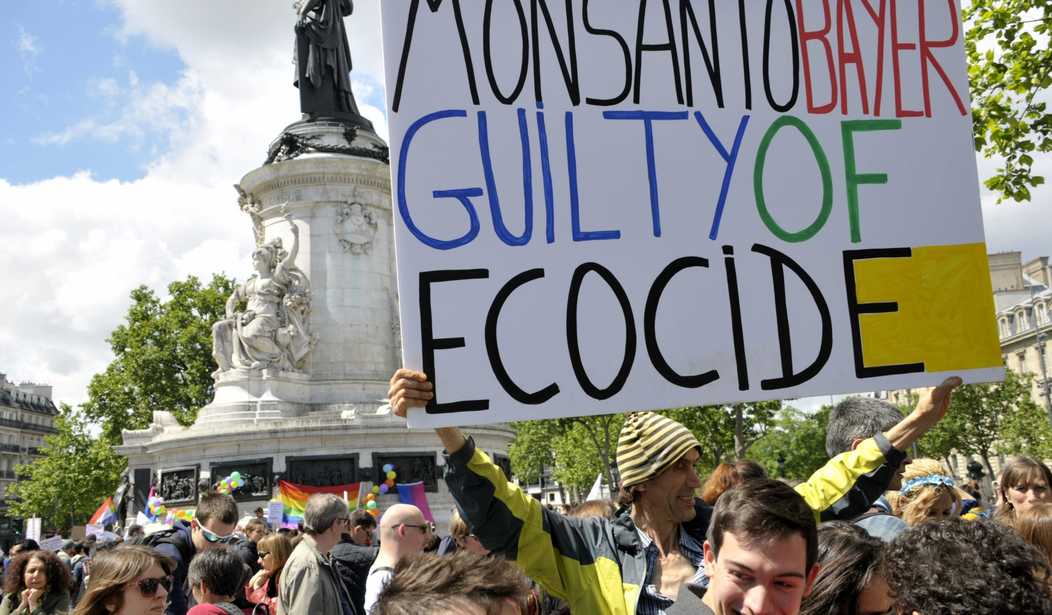Could so-called “Frankenfoods” be a solution to global poverty?
The answer is yes, according to a new study that shows increased use of genetically modified (GM) crops (those that have higher yields than non-modified plants) boosted the economics of some of the world’s poorest countries. The derogatory term Frankenfoods likens engineered plants, aka GM crops, to the fictional lab-made monster of Dr. Frankenstein, made famous in many movies.
However, the findings from the research also show the GM crops aren’t a horror show at all. They provide yet more evidence of how capitalism is far better at tackling economic privation than any attempts at socialist-style wealth redistribution. Ironically, it could turn the producers of genetically modified (GM) crops and activists into unlikely partners.
“Our results suggest that the investments in the development of [high-yielding variety] crops by far have been the most successful form of foreign aid to developing countries in the past half century,” states the recently released report from the National Bureau of Economic Research titled “Two Blades of Grass: The Impact of the Green Revolution”
The research, which analyzed data from 84 countries over the period 1960 through 2000, found that when the use of high-yield crop varieties increased by 10 percent then GDP per capita, a common measure of a country’s economic well-being per person, jumped by “about 15 percent.”
The report was written by Douglas Gollin, from the University of Oxford in England, plus Asger Wingender and Casper Worm Hansen, both from the University of Copenhagen in Denmark.
It would be easy to say that the research got based on a period that is long gone. However, the researchers also see meaningful future potential for these faster-growing farm plants, which cannot only grow more vigorously than other varieties but can also help make food production cheaper.
“New biological technologies are available to increase productivity of some crops, both by increasing yields and by reducing costs,” the report states. “Technology continues to have a huge potential for improving incomes in the poorest places on our planet.”
Put simply, the show isn’t over for the impact of these super plants when it comes to fighting poverty.
It gets even better.
When countries used more of these high-yielding crop varieties, then the death rate dropped as did the fertility rate. In other words, fewer people died and few babies were born.
Increased levels of economic development typically go hand-in-glove with a reduced death rate and fewer births. In poor economies, people usually die younger, and there are more babies born. It’s vice versa in rich countries such as the U.S.
Wider-spread adoption of higher-yielding crop varieties could add to an already impressive record that capitalism holds for lifting people out of abject poverty.
Since the advent of the industrial revolution in 1700s Britain global poverty, measured in absolute terms, has dropped like a stone. Some western governments choose to use measures of poverty that rise over time as perceptions of what is an acceptable income change.
In 1820, a staggering 94 percent of the world’s population lived on the equivalent of $2 a day after adjustments for inflation. By 2015, despite the burgeoning global population, that figure that fallen to less than 10 percent, according to an analysis displayed on the website ourwiorldindata.com. The chart uses two separate data sources.
The question is whether aid organizations will jump on these findings to help boost growth in deprived countries or whether the report will languish in the office drawers of intergovernmental agencies.









Join the conversation as a VIP Member